The Last Dream of The Earl of Old Town
Earl Pionke always had big dreams.
He was a White Sox fan.
The beloved nightclub owner, mentor to countless musicians of the 1960’s Chicago folk boom and ex-boxer died on April 26, 2013 after battling pancreatic cancer. He was 80.
Earl loved life more than most people and even saw his White Sox win a World Series. In 1993 he left the north side for Pullman, a far south side neighborhood built on the escape of distant train whistles.
He wanted to open a bar in Pullman.
In 1993 Pionke and his long time girl friend Sharon Biggerstaff moved upstairs of the Landmark Inn at the corner of 111th and Langley. The bar and grill were functioning when they arrived and Earl always told me to get ready for his grand opening day.
Just like a Cubs World Series, it never happened.
The Inn closed in September, 1993.
Earl wound up using the bar as a storage space for his stuff from the legendary Earl of Old Town and Somebody Else’s Troubles, which he ran with late Chicago singer-songwriter Steve Goodman and Ed and Fred Holstein.
Earl showed me the bar in a May, 2012 visit and it was filled with more than 3,000 record albums, three jukeboxes, Victrola radios, sealed bottles of booze and boxes of Playboy magazines he acquired at flea markets.
What a party!
Sharon and Earl’s son Joe (from his first marriage to Anasta) cleaned up the bar and restaurant after Earl’s death.
You can now see the long mahogany and oak Brunswick bar that can serve up to 25 people. A pink neon sign still flickers “Hamburgers.” Four burgundy leather booths remain from the restaurant. The ground floor bar and restaurant covers 2,500 feet.
The jukebox rescued from Somebody Else’s Troubles has the mid-1980s Zydeco hit “My Toot Toot” by Rockin’ Sidney and Dave Brubeck’s “Take Five.” A phone booth with a phone remains by the front door.
The historic Pullman bar is now for sale.
$159,900.
And negotiable.
The bar was part of the Lake View Hotel, built in 1880. The three-story building has 13 individual bedrooms on the top floor, a two-bedroom apartment and one bedroom apartment on the second floor and a kitchen adjacent to the main floor restaurant.
“It was the second hotel (to the Florence) in Pullman,” said Mike Shymanski, President of the Historic Pullman Foundation in a weekend conversation. The Chicago Police Department has an outpost at 727 E. 111th St, east of the hotel. The police station site used to be the shores of Lake Calumet.
“Sports and athletics were a big part of the Pullman community even though people worked 10 hour days,” Shymanski said. “There was a place called ‘Athletic Island’ that had field and aquatic sports as well as boating and fishing. There were baseball fields at the corner of 111th Street.”
Maybe Earl knew that.
The Town of Pullman was constructed between 1880 and 1884. A railroad station was built across the street from the hotel. According to Shymanksi the hotel was to be used for travelers arriving at the station but the Rock Island Railroad elected not to route passenger trains on those tracks.
The Pullman Company reached its peak in the 1920s, according to the fine 1996 book David Perata “Those Pullman Blues (An Oral History of the African American Railroad Attendant). Nearly 35 million passengers a year slept on the trains and the company was the largest single U.S. employer of African Americans with over 9,000 porters.
Earl’s dream neighborhood bar was jumping in the 1940s through the 1970s when Pullman-Standard was actively building passenger cars. It was patronized by car builders and residents, according to Shymanski.
Biggerstaff recalled, “When we came it was the Landmark Inn and it was open. But we never ran it as a bar. I don’t have an explanation why it never happened for us.”
She picked up an April, 1959 Playboy magazine from a box in the rear of the restaurant. The light of spring filtered in from a large porthole window on the south side of the eatery. “These magazines didn’t come to the house,” she said. “He was kind of sneaky sometimes. I did keep this one. It’s so old the centerfold has her clothes on.
“Earl would say, ‘You hate my stuff.’ I really didn’t. I’d say, ‘I want to see the good stuff underneath all the junk’. But he could tell you to go downstairs, go about ten feet to the left of the filing cabinet……”
I used to tease Earl about who would make the trek to Pullman, listen to music, have a few drinks and drive home. Unless, of course, you reside in Pullman. About 2,000 people live in Pullman, according to Shymanski, who has lived there since 1967.
In the 1950s and early 1960s the bar and restaurant was the site of Stanley Jay’s, a live polka club that served the Eastern European population of the far south side. The last incarnation of The Landmark Inn coincided with the landmark status of the Pullman district.
“The bar could have done business,” Biggerstaff said. “The police station is not very far away. This place is so big that Earl’s idea was I could have four folk music shows a year or something like that, not trying to get people to come out this far every weekend.
“We never executed that and I’m kind of glad we didn’t. I don’t think I would have had as much fun with him if we were running a bar. We ran Earl’s Pub together on Lincoln Avenue. We were older here. It is hard to run a bar. I actually used to tell him, ‘Don’t give me this building.’ I didn’t mind living in it, but it is a lot to handle.”
A few people have recently looked at this old hotel and bar.
One group was interested in using the space as an artist gallery. Biggerstaff said prospective buyers are overwhelmed by the size and the amount of work needed to fix up the place. Permissive zoning has lapsed and good luck on getting a liquor license in the City of Chicago.
Biggerstaff 53, met Earl when she was a 21-year-old server at the Fox Trap, the future Somebody Else’s Troubles Lincoln Avenue bar that was operated by Joe Pionke, “I knew Earl close to 30 years,” she said. Her voice trailed away in the empty bar. “I wish there were 30 more,” she said.
It was Earl’s idea to relocate to Pullman.
“He didn’t want to live on Lincoln Avenue anymore,” Biggerstaff said. “All our tenants were collegiates. He did want to have a bar and that’s what brought him here. But I don’t know who told him to come here. This is so far away. We had a drink in here. He said, ‘I’m going to buy that building and we’re going to live there.’
“I’m like, what?”
The bar and hotel are just a half mile west of I-94 and a straight shot north to U.S. Cellular Field, where I often found Earl in the upper deck eating his homemade sandwiches.
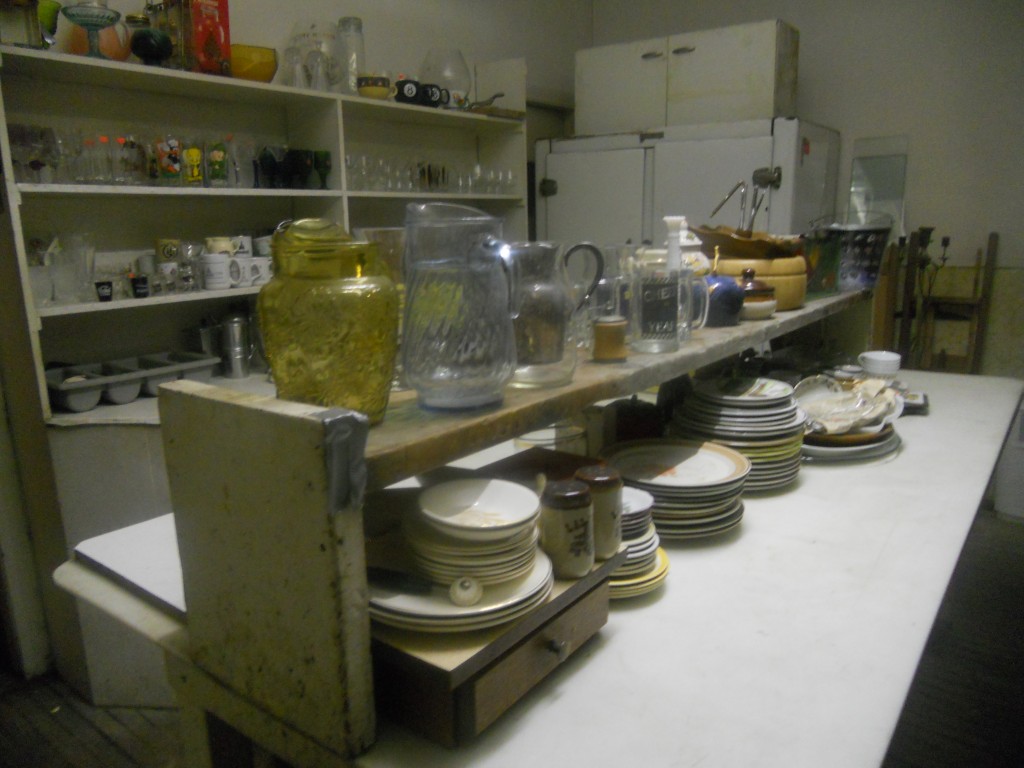
The Landmark Inn kitchen has been closed for 20 years, although it looks like someone just stepped out for a break.
“I would drive to the ballpark and we’d park at Schaller’s Pump for free,” Biggerstaff explained. “And we’d walk to the ballpark. We did that many times. In the past 20 years we missed two opening days, actually up until he got diagnosed. The last opening day we went to was April 13, 2012. I have the ticket stub upstairs.” Jake Peavy beat the Detroit Tigers 5-2.
Earl’s brother Raymond taught him how to keep score at a baseball game. They used reclaimed wallpaper samples as scorecards. “He got started on the Cubs, actually,” Biggerstaff said. “Earl knew all the players on the 1945 (National League champion) Cubs. But when I met him he was all White Sox. He would go to Cubs and Sox games with Steve (Goodman), it’s not like he wouldn’t go to Wrigley Field.”
Earl was excited about getting into U.S. Cellular Field on opening day. Earl and Sharon really didn’t care where they sat. “We’d stay in our seats for two innings and go down to the bullpen bar,” she said with a laugh.
Biggerstaff drank vodka and Earl would drink anything but scotch and tequila. He liked gin martinis. “They knew us in the bullpen bar,” she said. “I don’t know if they knew he was the Earl of Old Town, but they knew he was the crazy guy with the beard that gave them gold dollars.”
Actually, Earl looked like he played first base for the House of David.
“He handed those gold dollars out to everyone,” Biggerstaff said with a smile in concert with a memory. “Busboys. Waitresses. And if he really liked you he would give you a whole roll, which was $25. Regulars would tell us, ‘I still have those gold dollars.’ They saved them.” Of course.
Dreams are meant to be remembered, loved and shared.

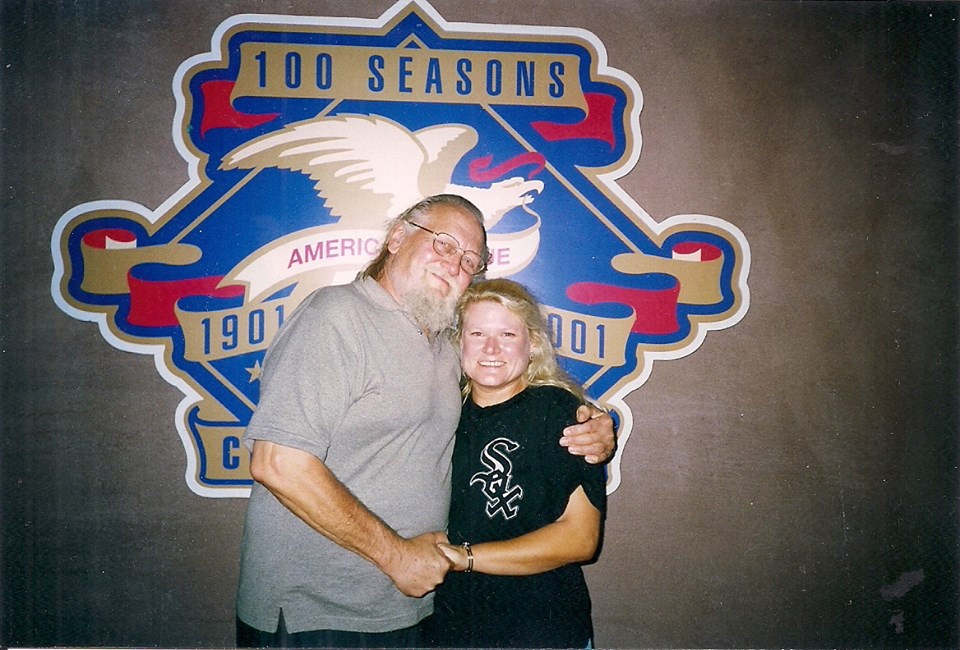
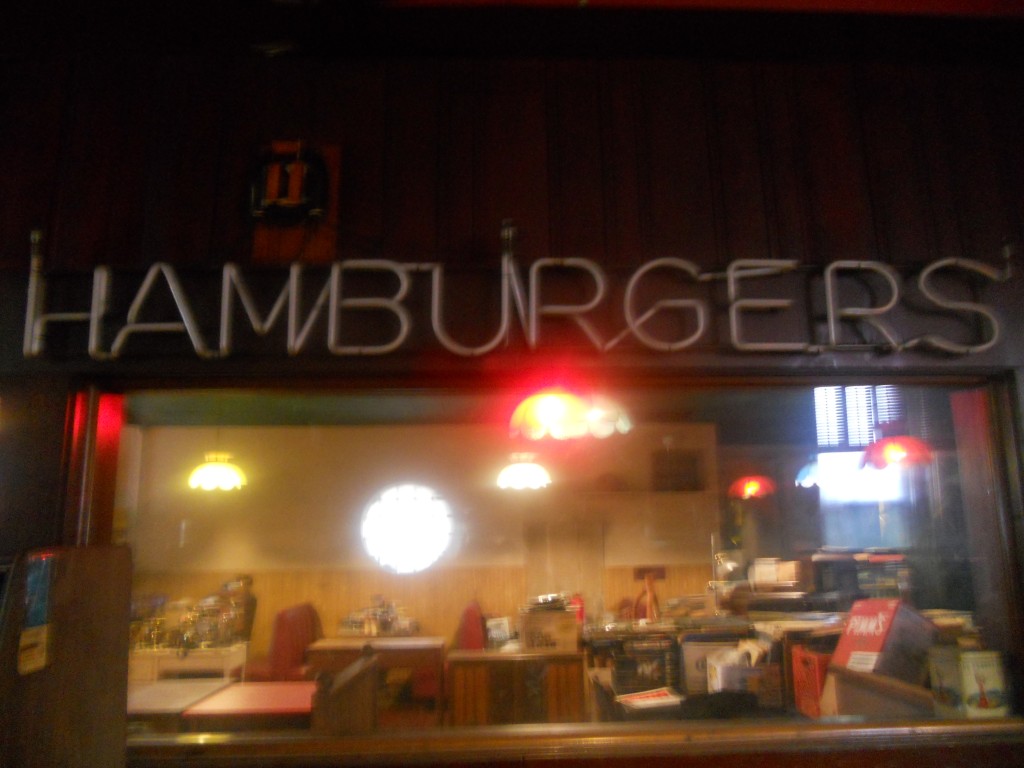
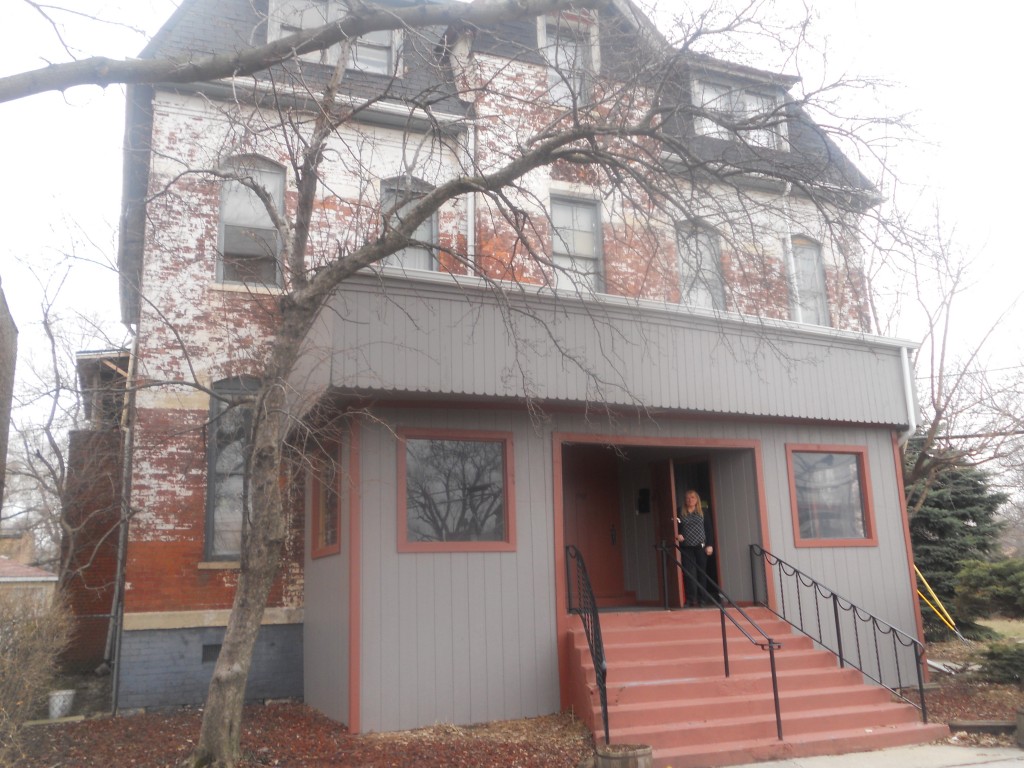
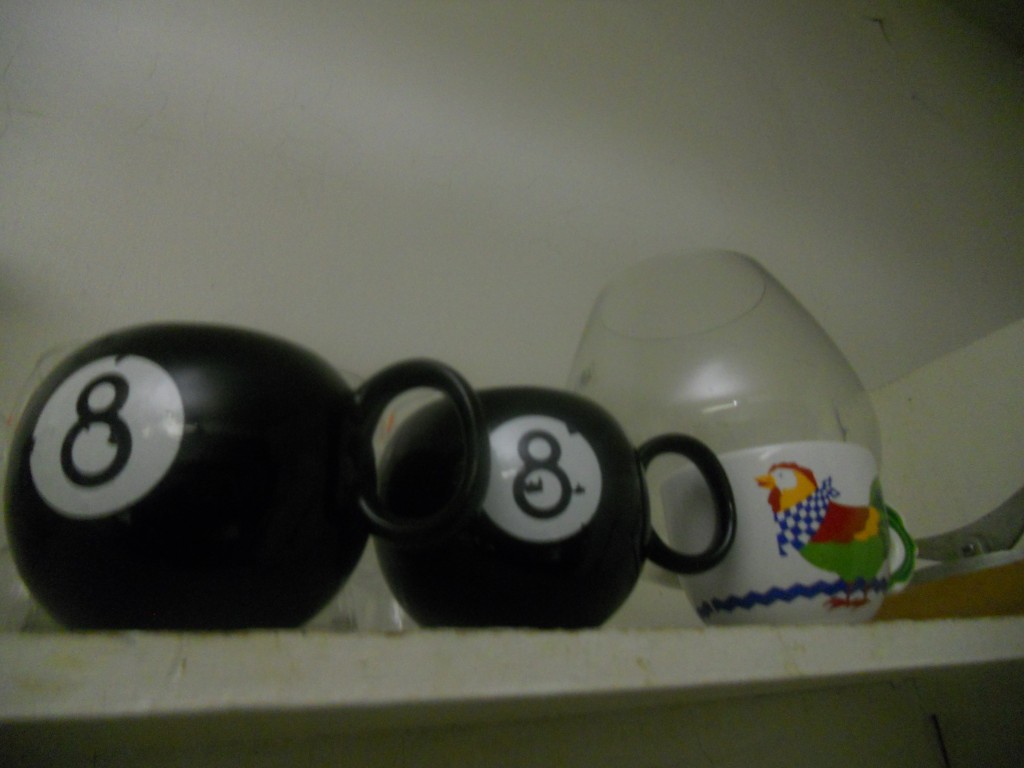

Thanks for the article Dave. Love reading about the Earl – glad to know he was a Sox fan. I had the pleasure of meeting him back in the 70’s at a party of high school classmate. My friend and I weaseled our way into playing the Earl of Old Town one Sunday afternoon. I was 16 years old – I joke that my career has been downhill ever since. We sang Steve Goodman and John Prine songs to our own planted audience that we dragged along with us. We were on top of the world that summer afternoon – truly magical. Now the Earl is gone and so is my buddy Jim Mulqueeny, but the legend lives on…
Earl meant a lot to those of us who were privileged to come under his persona. I was lucky enough to meet him in 1968. For the next 40+ years, I was always a victim of a huge bear hug and and clap on the back at The Earl or Troubles. I played bass at The Earl behind so many of Chicago’s home grown talent that Earl nurtured and supported with work and other things. In April of 2008, while producing live sound at a concert honoring Tom Dundee, Earl made one of those rare appearances, he brought me a CD of Fred Holstein’s , which was immediately played on my sound system during the breaks. Earl was excited and said “…What a show! Fred Holstein and Reilly and Maloney!” Both were favorites of his, especially Fred. At his birthday party in 2011, while I wasn’t a performer, I was gifted with a roll of Golden quarters, a hug and a few shared tears. That was the last time I saw Earl and Sharon. While more of an acquaintance than a “friend”, I valued every nanosecond of time I got to spend with him, Sharon and all the other folks he was responsible for me meeting. I still have some of the photos that have been posted on Facebook, scanned, printed and framed on my “Rascal’s Wall”; Earl is right in the center.
He is still and will be forever missed.
Good work, Dave.
I’m honored to have 2 rolls of those gold dollars.
Dave:
Well, as usual, I’m a little late to the party, but at least I’m still around to comment…
Was looking up some other info, and stumbled across your article on Earl’s move to Pullman in 1993, which coincided with our filming of “The Fugitive” at about the same time. Spent a couple of evenings after wrap with Earl and Sharon, reminiscing about times both good and bad. Wish there had been a few more of those evenings.
Thanks for keeping and important piece of Chicago music history alive.
-S
Scott! Nice to see you and thanks for checking in, your friend Dave